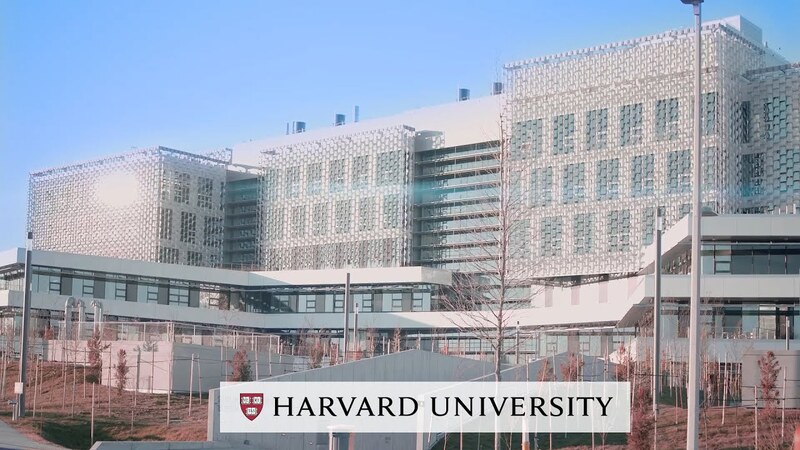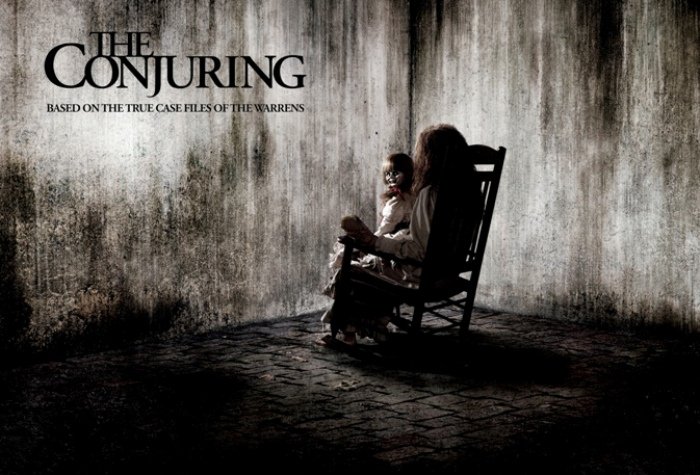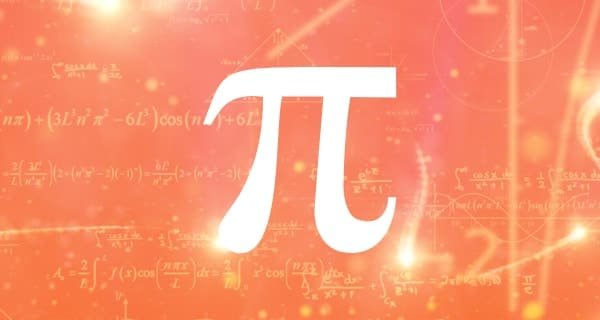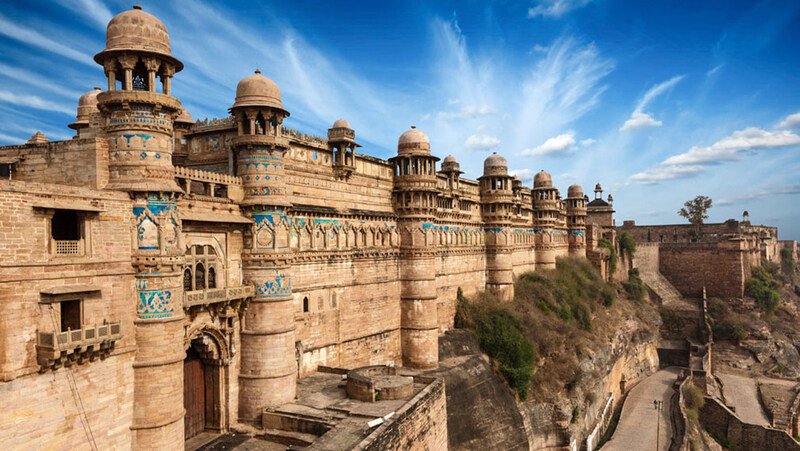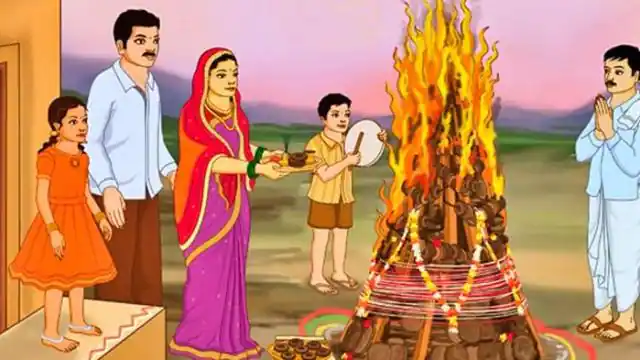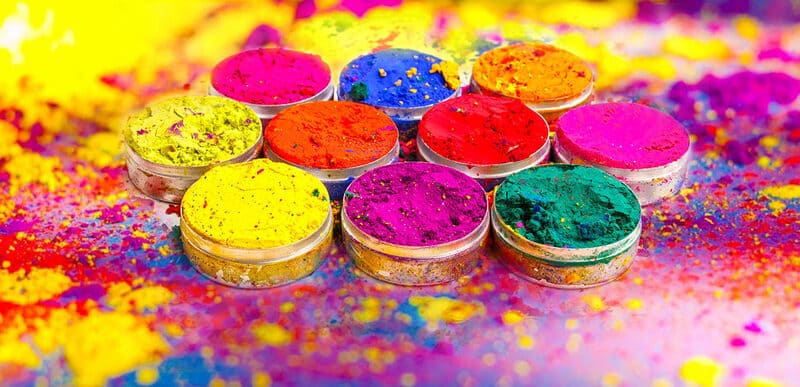
Why indian celebrate holi ?.
Holi is a major festival celebrated in India and other parts of South Asia. It is a time of joy and celebration, where people come together to mark the end of winter and the beginning of spring. The festival is also known as the "festival of colors" or the "festival of love," and has its roots in Hindu mythology. In this essay, we will explore the history and significance of Holi, and examine how it is celebrated in different parts of India.
History and Significance of Holi
Holi has been celebrated in India for thousands of years, and its origins can be traced back to ancient Hindu texts and legends. One of the most popular stories associated with the festival is the legend of Prahlada and Holika, which symbolizes the victory of good over evil.
According to the legend, there was a demon king named Hiranyakashipu who had become very powerful and believed that he was invincible. He had a son named Prahlada who was a devout devotee of Lord Vishnu, one of the principal deities in Hinduism. Hiranyakashipu was angry with Prahlada for his devotion to Vishnu and tried to kill him several times, but each time Prahlada was saved by Lord Vishnu.
Hiranyakashipu then enlisted the help of his sister Holika, who had a special cloak that protected her from fire. He asked her to take Prahlada into a burning fire to kill him. Holika did as she was told, but because of her arrogance, the cloak flew off her and covered Prahlada, saving him from the fire. This event is celebrated as Holika Dahan or Chhoti Holi, where people light bonfires to symbolize the burning of evil.
The next day is celebrated as Holi, where people throw colored powder and water on each other to signify the victory of good over evil. Holi is also associated with the love between Lord Krishna and his devotee Radha. According to the legend, Krishna was jealous of Radha's fair complexion and asked his mother why he was so dark-skinned. His mother advised him to color Radha's face with whatever colors he wanted, and that is how the tradition of throwing colors on each other during Holi began.
In addition to these legends, Holi is also celebrated as a harvest festival in some parts of India. It is a time when farmers celebrate the end of the winter crop and the beginning of the spring planting season.
Celebrations of Holi in Different Parts of India
Holi is celebrated differently in different parts of India, with each region having its own unique customs and traditions. In North India, particularly in Uttar Pradesh and Bihar, Holi is celebrated with great enthusiasm and fervor. People start celebrating the festival a week in advance by lighting bonfires and performing various rituals. On the day of Holi, people gather in public places and throw colored powder and water on each other, and sing and dance to the beat of dholak and other musical instruments.
In the western state of Gujarat, Holi is celebrated with the traditional dandiya and garba dances. People dress up in colorful costumes and play with wooden sticks called dandiyas. In Maharashtra, people prepare special delicacies like puran poli and shrikhand and invite friends and family to their homes to celebrate the festival.
In South India, Holi is known as Kamadahana and is celebrated to commemorate the burning of the demon Kamadeva by Lord Shiva. The festival is celebrated with a lot of enthusiasm in the city of Mathura, which is associated with the childhood of Lord Krishna. The celebrations in Mathura last for a week, with people performing various rituals and reenacting the events
Note: This blog or artical is written on the basis of online research, news paper and AI tools. So, if there is any issue, please mail your feedback.
- Share:
